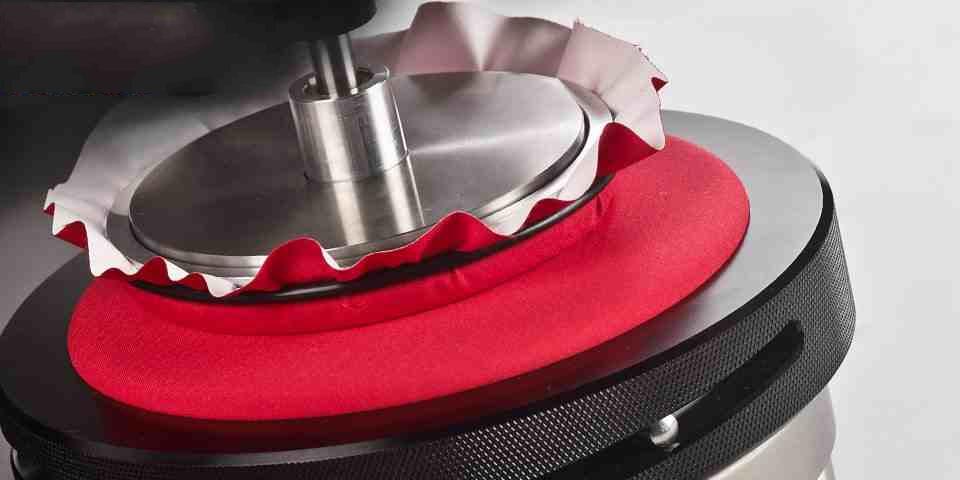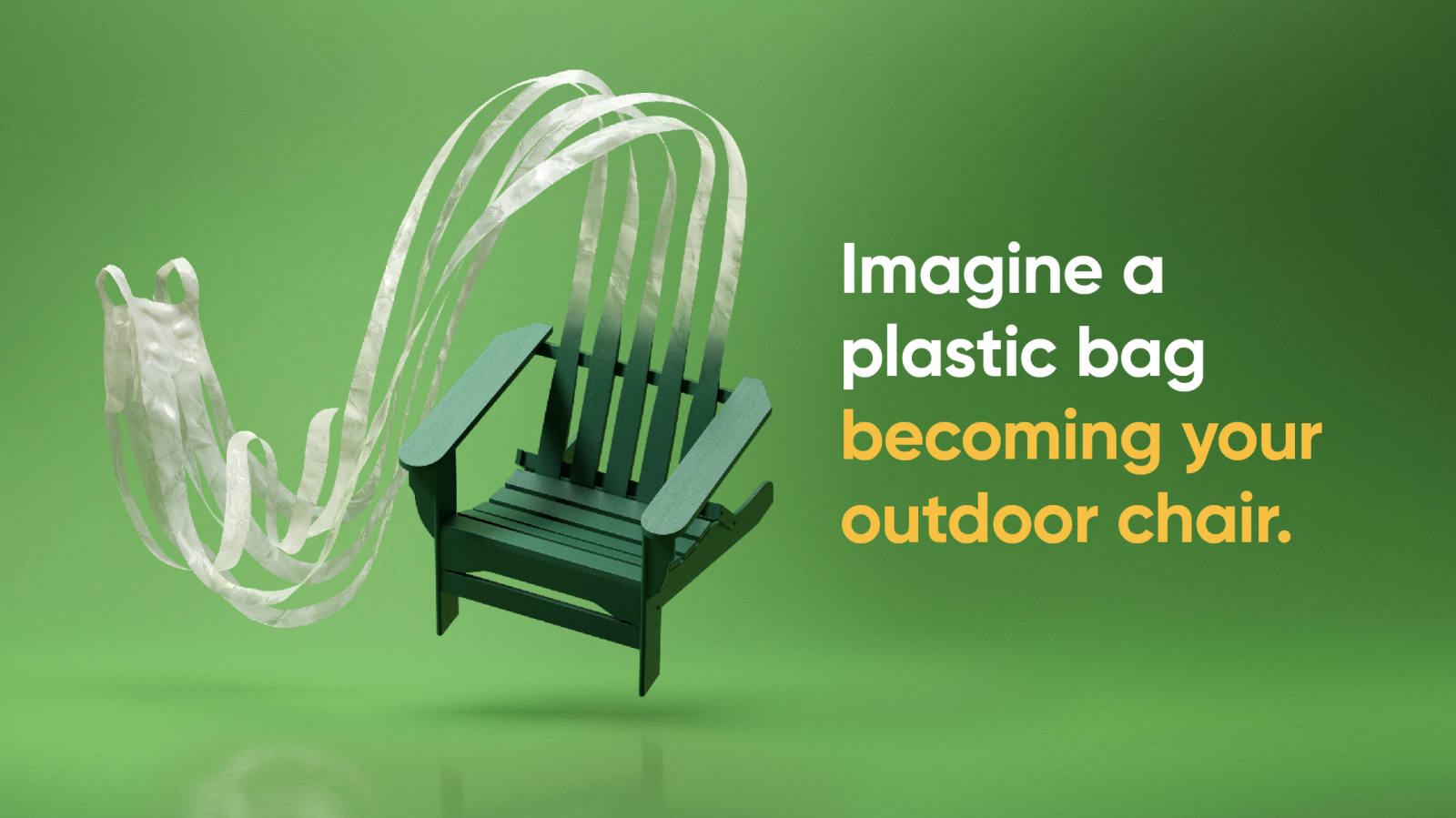During the last almost two years, we have been forced to spend more time than ever at home. We find it interesting to reflect a little over over how our interiors can help us feel better.
It is an important (and huge) subject, but here are a few things that come to mind.
Enjoy!

Material choices – a few thoughts
When it comes to choosing material for a certain product, we recommend to keep a couple of concepts in mind.
FABRICS – Durability, colours and texture
When it comes to the Colour of the furniture we choose, we start off on a slightly more “personal” subject. People tend to know what they like! However, in todays world we simply cannot keep up with the “fast fashion” that has been ruling the world for the last decades. Therefore, we recommend to think twice when it comes this point.
Ask yourself: Will I still like this colour / material in a couple of years? How will the material age? Is it combinable with the rest of my interior objects?
When it comes to durability, there are several tests that you can look out for. One of the most common ones is the Martindale-test. What is does is that it basically submits the fabric under a rotating mechanism, creating friction, and the goal is to determine the amount of friction/amount of rotations the fabric can handle. The result of the test will give you a good idea of the durability of the fabric.
For public use, for example, we would not recommend a Martindale result of less than 30.000 (as in, the mechanism will rotate 30.000 times on the surface of the fabric, before it starts to get damaged). For your home, you can probably choose a fabric with less Martindales. However, the higher you go, the more sure you will be that kids, pets or just general hard use will not devastating for the material.
Don’t be afraid to ask your supplier / store for help!


Choose NON-toxic Materials
Perhaps it might sound a little dramatic, we know. But fact is, that this concept is important, as it aims to reduce human exposure to hazardous materials. Between 2000 and 2010 the global chemical output grew by 54%, and whilst many of these are used in construction, consumer goods such as furniture can also contain a variety of toxic chemicals, that are released throughout their lifespan into the environments that they are placed.
If you can, try to make sure that the fabric you use for your furniture is ECO labelled in any way – any serious supplier will be transparent when it comes to this point, and will share the specifications of the materials used for the production of their furniture.
Below, a few of the most common labels you can look for when it comes to Fabric / Upholstery



The importance of SOUND
In a modern home with lots of hard surfaces and open spaces, noise can be amplified. If the space you are looking into create is an office or any other public area, then this factor should really be taken into consideration
Textiles and / or acoustic panels
One of the most cited disturbances to productivity and wellbeing in any space is unwanted noise. This concept aims to “bolster occupant health and well-being through the identification and mitigation of acoustical comfort parameters that shape occupant experiences in the built environment.” Whilst many of these features relate to the design and construction of the space, furniture can also play a key role in managing acoustics.
Textiles tend to help a Little with the absorbation of sound. Rugs, curtains, and upholstered furniture are just a few examples. However, for some large spaces it will not be enough. Ever Heard of Acoustic panels? Nowadays they are becoming more and more popular, and many brands offer them in really decorative shapes and patterns.


Social areas around the house
This is probably the heart of any interior design Project. The social areas are, to a large extent, what will define how you move, interact and ultimately feel in your home.
Take a moment to think about how you like to spend your days. Is it together with your family, having dinner together? Or do you want to prioritize a space for “you time”? Is it your work space? Maybe the most important part of your week is to be able to bring your friends over?
Whatever is is, try to find what makes you happy, prioritize it and then create spaces according to those needs.








